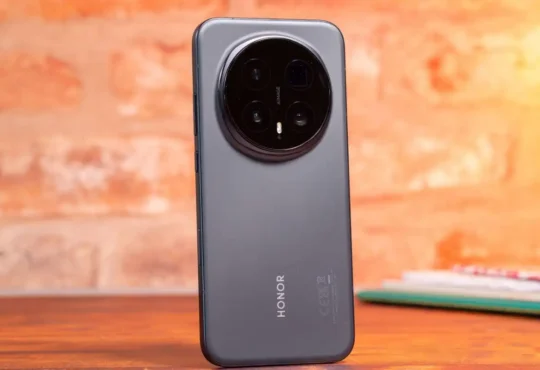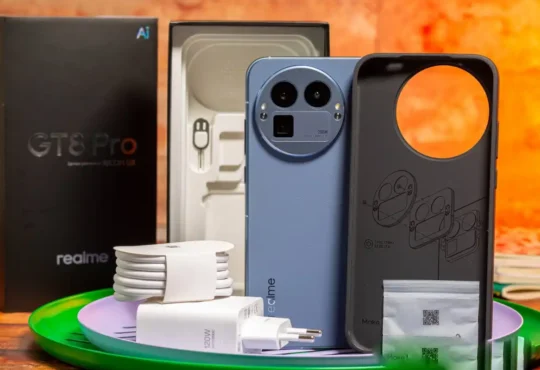iOS MDM is a mobile device management solution for Apple devices. It allows businesses to manage and secure their devices, and provides a variety of features such as remote access, device management, app management, and more. MDM is a popular solution for businesses of all sizes and is especially useful for businesses with a BYOD policy.
If you want to know about Ios mdm, you came to the right blog. This is the one stop shop for all your needs to get started with Ios mdm.
We will provide you with tips, tricks and tutorials on how to get the most out of Ios mdm.
What is MDM?
With so many different devices and operating systems out there, it can be hard to keep track of them all. That’s where Mobile Device Management (MDM) comes in. MDM is a system that lets you manage all of the mobile devices in your fleet from a single, central location.
You can use MDM to remotely configure settings, push apps and content, and track the status of all of your devices. MDM is especially important for businesses that need to manage a large number of devices, or that need to enforce strict security policies.
With MDM, you can make sure that all of your devices are compliant with your policies, and that they’re all up to date with the latest software and security patches. If you’re looking for a way to streamline the management of your mobile devices, MDM is a great solution.
What are the different types of MDM?
There are many different types of MDM software available on the market, each with its own set of features and benefits. The most popular MDM solutions include: Apple iOS MDM: Apple’s iOS MDM solution is designed specifically for businesses that use iPhones and iPads.
It offers a range of features, including the ability to remotely configure and manage devices, push updates and apps, and track device usage.
Android MDM: Android MDM solutions are designed for businesses that use Android devices. They offer a range of features, including the ability to remotely configure and manage devices, push updates and apps, and track device usage.
Windows MDM: Windows MDM solutions are designed for businesses that use Windows devices. They offer a range of features, including the ability to remotely configure and manage devices, push updates and apps, and track device usage.
Blackberry MDM: Blackberry MDM solutions are designed for businesses that use Blackberry devices. They offer a range of features, including the ability to remotely configure and manage devices, push updates and apps, and track device usage.
How can MDM be used on iOS devices?
MDM, or Mobile Device Management, is a system that allows businesses and organizations to control and manage the devices that employees use to access company data. MDM can be used to enforce security policies, remotely wipe data, and track devices.
MDM can be used to control which apps and features employees have access to, remotely wipe data from lost or stolen devices, and track the location of devices. MDM can also be used to enforce security policies, such as requiring a passcode or limiting the use of certain features. MDM can be used to control which apps and features employees have access to.
For example, an organization may want to allow employees to access email and calendar apps, but not social media apps. MDM can also be used to remotely wipe data from lost or stolen devices and track the location of devices.
MDM can also be used to enforce security policies, such as requiring a passcode or limiting the use of certain features. For example, an organization may require that all devices have a passcode set, or that employees only use certain features while on company property.
What are the benefits of using MDM on iOS devices?
There are many benefits of using mobile device management (MDM) on iOS devices. MDM can help you remotely configure and manage your devices, as well as keep your data secure. With MDM, you can enforce security policies, deploy apps and content, and manage device settings.
Additionally, MDM can help you troubleshoot issues with your devices and keep your data backed up.
How can you get started with using MDM on iOS devices?
iOS devices are becoming increasingly popular in the enterprise, and with good reason. They offer a great user experience and a wide range of features that make them ideal for businesses. However, managing these devices can be a challenge, especially if you’re not using a mobile device management (MDM) solution.
MDM solutions make it easy to manage large numbers of iOS devices, and they offer a variety of features that can help you keep your devices secure and compliant with your corporate policies. If you’re looking to get started with using MDM to manage your iOS devices, here are a few things you need to know.
Choose the right MDM solution for your needs.
There are a variety of MDM solutions on the market, so it’s important to choose one that meets your specific needs. Consider the features you need and the size of your deployment when making your decision.
Enroll your devices in the MDM solution. Once you’ve chosen an MDM solution, you’ll need to enroll your devices in the system. This typically involves installing a profile on each device, which can be done using a variety of methods, depending on the solution you’re using. Configure your MDM solution. After enrolling your devices, you’ll need to configure your MDM solution to meet your specific needs.
This includes setting up policies, deploying apps, and managing user accounts. Keep your MDM solution up to date. As new versions of iOS are released, you’ll need to update your MDM solution to support them. This typically involves installing new profiles and reconfiguring existing ones. Monitor your devices. Once your MDM solution is up and running, you’ll need to monitor your devices to ensure they’re complying with your policies.
This includes keeping an eye on app usage, device activity, and user accounts. Using MDM to manage your iOS devices can be a great way to improve your device management process. By following these tips, you can get started with using MDM to manage your devices and ensure they’re always compliant with your corporate policies.
Final Words
The mobile device management (MDM) market is growing rapidly as more and more businesses adopt BYOD policies. This is good news for IT professionals, as MDM solutions provide a way to manage and secure mobile devices in the enterprise.
However, with so many MDM solutions on the market, it can be difficult to choose the right one for your organization. When evaluating MDM solutions, it’s important to consider your specific needs. For example, if you need to support a large number of devices, you’ll need a solution that can scale accordingly.
Other important factors to consider include ease of use, security features, and integration with other enterprise systems. IOS MDM solutions are a great option for businesses that need to support iPhone and iPad devices.
These solutions offer robust security features and integration with other Apple products, making them a good choice for businesses that are already invested in the Apple ecosystem.


